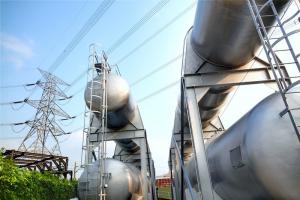How suppliers and generators can each gain from today’s historic low prices.
Gregory C. Staple (gstaple@cleanskies.org) is the CEO and Patrick Bean (pbean@cleanskies.org) is an energy policy advisor at the American Clean Skies Foundation.
What happens next?
That’s the question many industry watchers recently began asking after the Energy Information Administration (EIA) reported in April that, for the first time, power plants fired by natural gas had matched the nationwide share of coal-fired generation—32 percent for each. The April data was so surprising because, just two years earlier, coal-fired power had attained a market share of over 44 percent, with gas lagging at 22 percent.
The environmental and economic benefits from the rapid increase in gas-fired power have been considerable. International Energy Agency (IEA) data shows U.S. greenhouse gas emissions fell about 8 percent from 2006 to 2011, primarily due to switching from coal to gas in the power sector.1 Toxic air emissions (SO2, NOx, mercury) also fell apace. And, according to EIA, electricity rates also have remained relatively flat for three years in a row.

But again, what happens next? Will coal-fired power regain its historic market share, as some predict (see Figure 1), when natural gas prices trend upward? Or can gas-fired power continue to hold its own?

